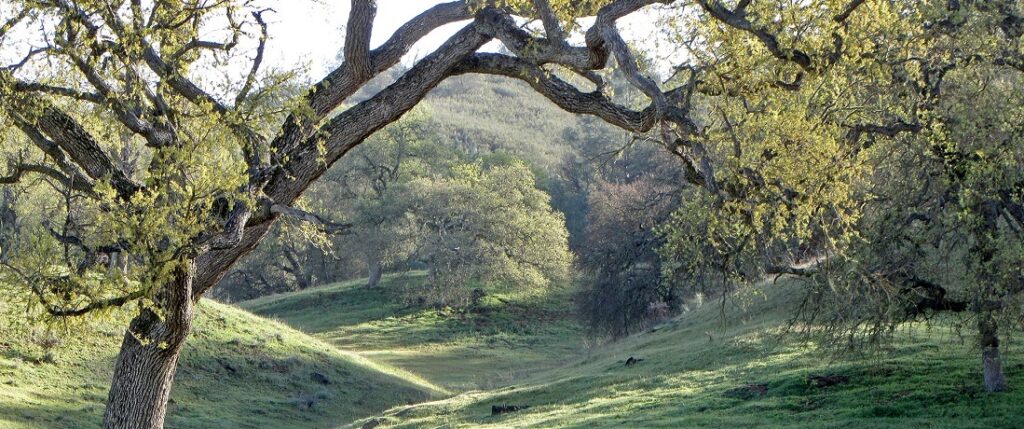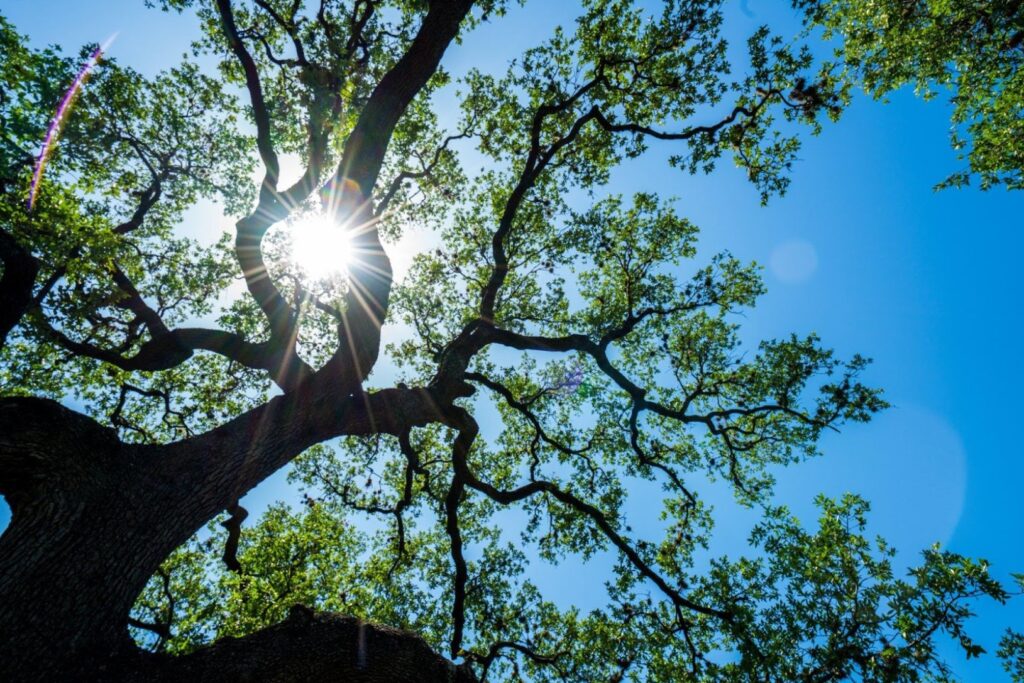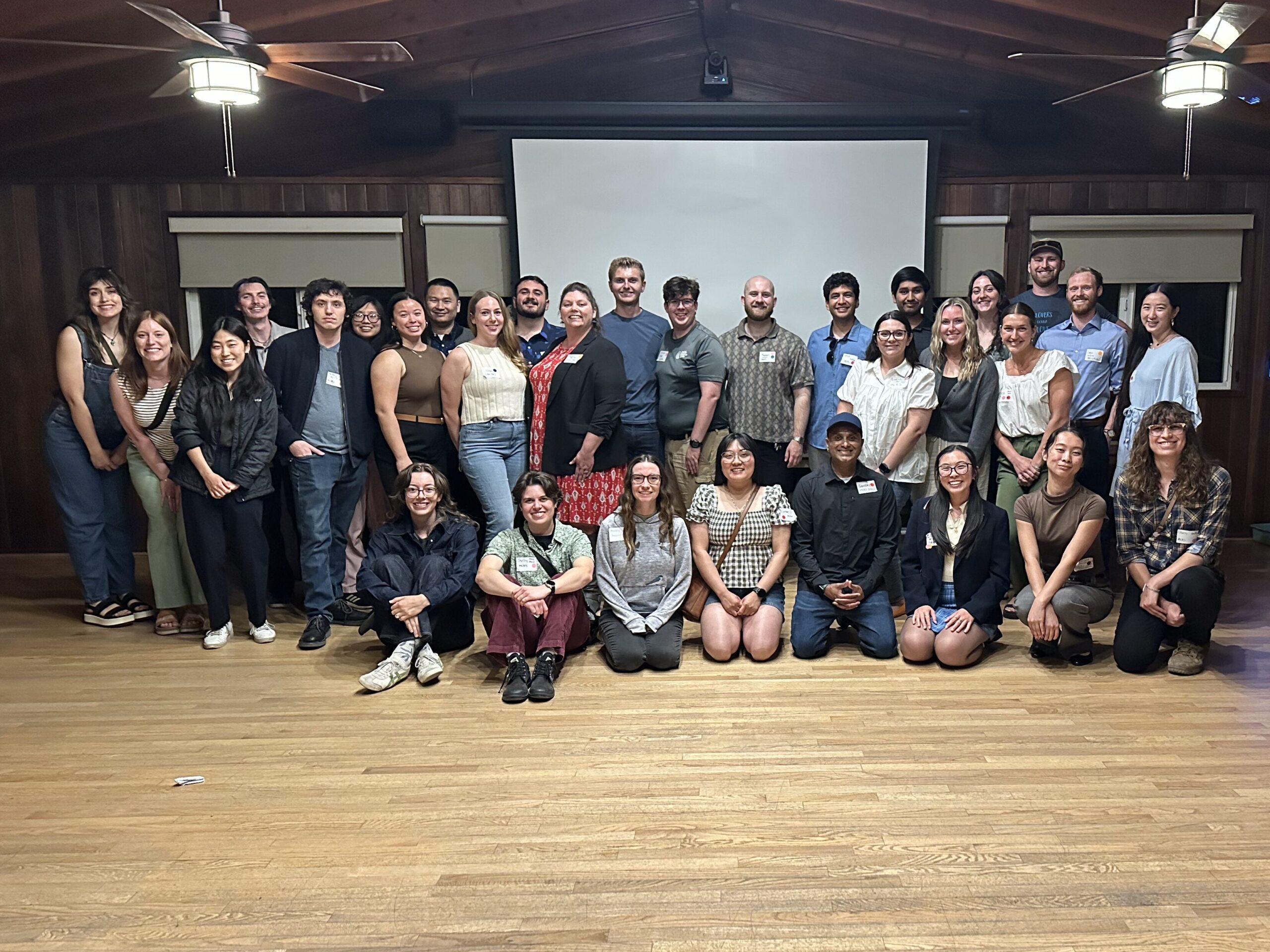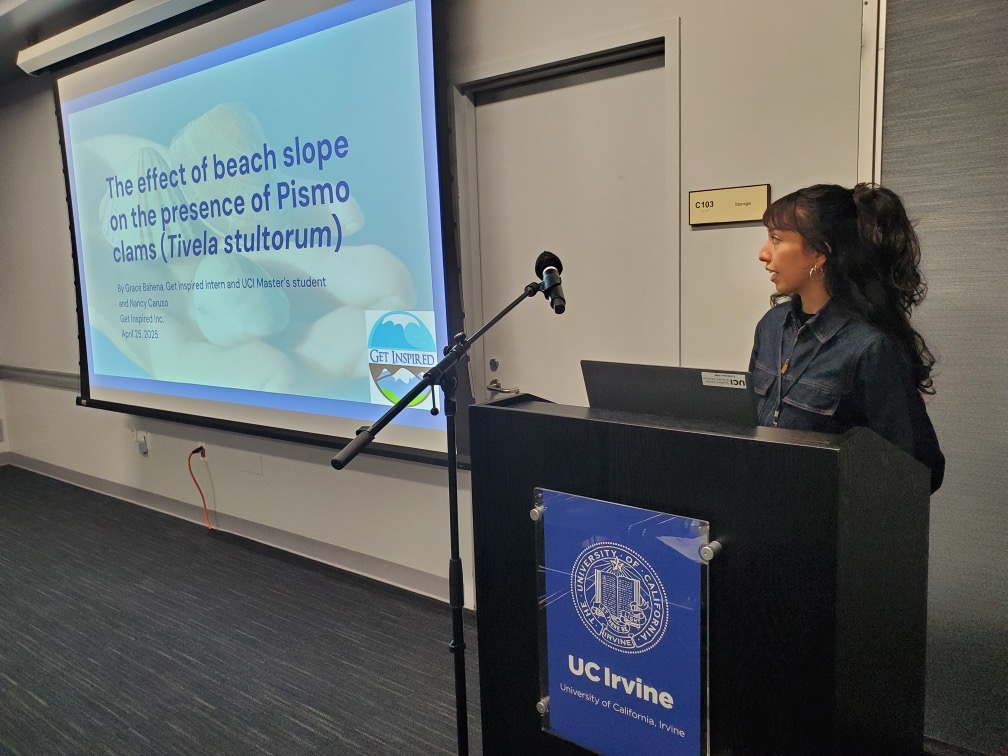Student Blog: Kyle Killian
Oak Trees vs Climate Change
The army of oak trees in Orange County has struggled against the overpowering enemy of climate change. Climate change is not alive, and it certainly does not have a heart, but it is being felt by these woodlands as they attempt to endure. Like soldiers, oaks protect several threatened and endangered species by providing habitat to them, making these woodlands the most biologically diverse vegetation type in California (Allen-Diaz et al. 2007). However, these woodlands need reinforcements, with some needing saving more than others. This saving will come in the form of restoration, so it is necessary to determine which woodlands to prioritize.

Oak woodlands in southern California have severely declined due to habitat loss, climate change, and other human activities (Pautasso et al. 2012). In this constant battle, oak trees must combat increased drought frequency and intensity, competition with non-native species, increasing fire frequency, and the introduction of new pathogens (Reyneir et al. 2017, Lopez-Sanchez et al. 2014). Increasing pressure from these stressors means that the time to take action is now, and this is what my team’s capstone project is about: assessing oak woodland health to inform future restoration plans.
Any good military strategy comes with gathering intel and careful planning, and making restoration recommendations is no different. The Irvine Ranch Conservancy and Center for Environmental Biology have been conducting oak health evaluations based on a protocol from the Nature Conservancy since 2010 (Deutschman, 2011). The intel has been collected and a large amount of data exists. The remaining task is to figure out what it all means. The ultimate goal is to identify the key health metrics and compare the local sites to create a ranking system that will order the oak woodlands from most healthy to most in need of restoration.

To create this ranking system, it is necessary to know the trees and the threats imposed on them. Canopy thinning is measured based on the status of each tree’s crown, with a fuller crown being healthier. Epicormic sprouts arise from fire and high light intensity and their presence on a tree means the tree is stressed. Bot cankers are a fungal disease, and a sick tree is not a healthy tree. Bark health is a standard metric based on whether the bark of a tree is cracked or falling off. Burn scars mean that the tree has suffered from fire damage in the past. The presence of seedlings and saplings represents recruitment, important for maintaining these woodlands for the future. We have selected these metrics as a representation of oak health. Using these metrics, we can design a health-based ranking system.
I have experience on the ground with these impressive trees and have seen their plight firsthand. Rugged terrain, steep slopes, and beating sunlight adorn the land that these oaks call home. Much of my time, however, has come processing the intel that has been collected over the last ten years. The plethora of data that exists should be able to provide answers as to which oaks are most in need of restoration. One of my own struggles has been to analyze all this data so that we can evaluate trends over time, as well as determine how each woodland has been performing recently. The fate of these trees depends on this, so it is of utmost importance to develop an effective, tactical strategy for restoration.

Will these oaks ever find peace? Unfortunately, this struggle may be unending, but that does not mean there is no hope. That is what the ranking system is for. With proper analysis of these key health metrics, we can determine which oak woodlands are most in need of help. Land managers can target oak trees and woodlands for restoration and can begin to fight a successful battle for oak health. The oaks in Orange County can be saved, but it will require effort from everyone in the future as the war against climate change roars on.
Citations
Allen-Diaz B, Standiford R, Jackson RD. (2007) Oak Woodlands and Forests.
Pautasso, M., Döring, T. F., Garbelotto, M., Pellis, L., & Jeger, M. J. (2012). Impacts of climate change on plant diseases—opinions and trends. European Journal of Plant Pathology, 133(1), 295-313.
Reynier, W.A., L.E. Hillberg, and J.M. Kershner. 2017. Southern California Oak Woodland Habitats: Climate Change Vulnerability Assessment Synthesis. Version 1.0. EcoAdapt, Bainbridge Island, WA.
López-Sánchez, A., Schroeder, J., Roig, S., Sobral, M., & Dirzo, R. (2014). Effects of cattle management on oak regeneration in northern Californian Mediterranean oak woodlands. PloS One, 9(8), e105472.
Deutschman D, Strahm S. (2011) Oak woodland monitoring for the Irvine Ranch open space easements. TNC, SDSU
Images
[1] https://oaks.cnr.berkeley.edu/ [2] https://www.mcclainstreeexperts.com/3-reasons-to-carefully-manage-your-live-oak-trees




